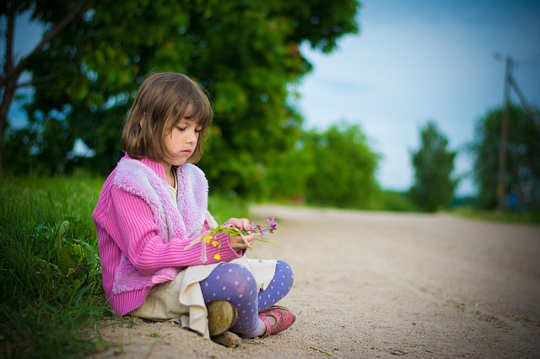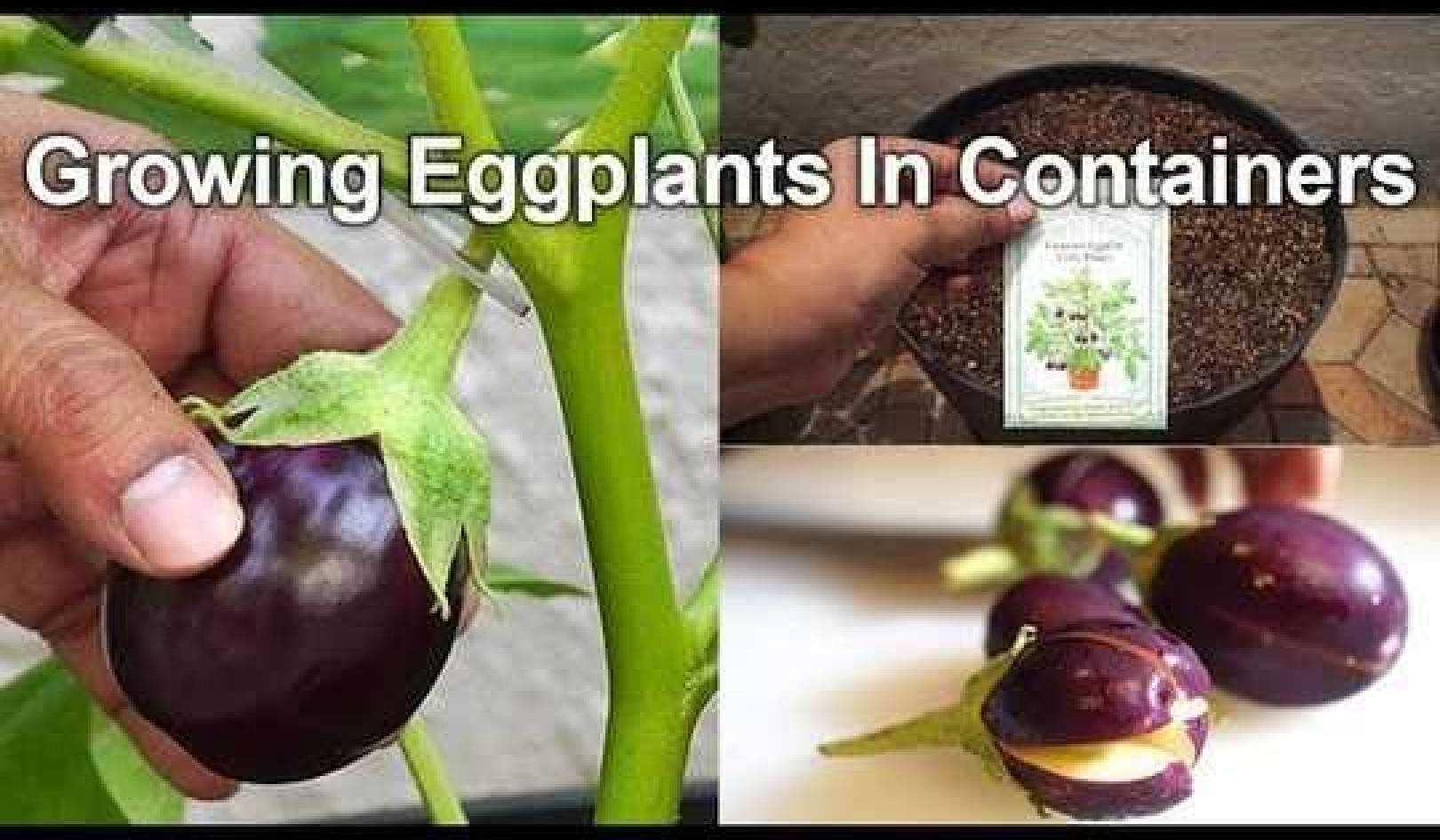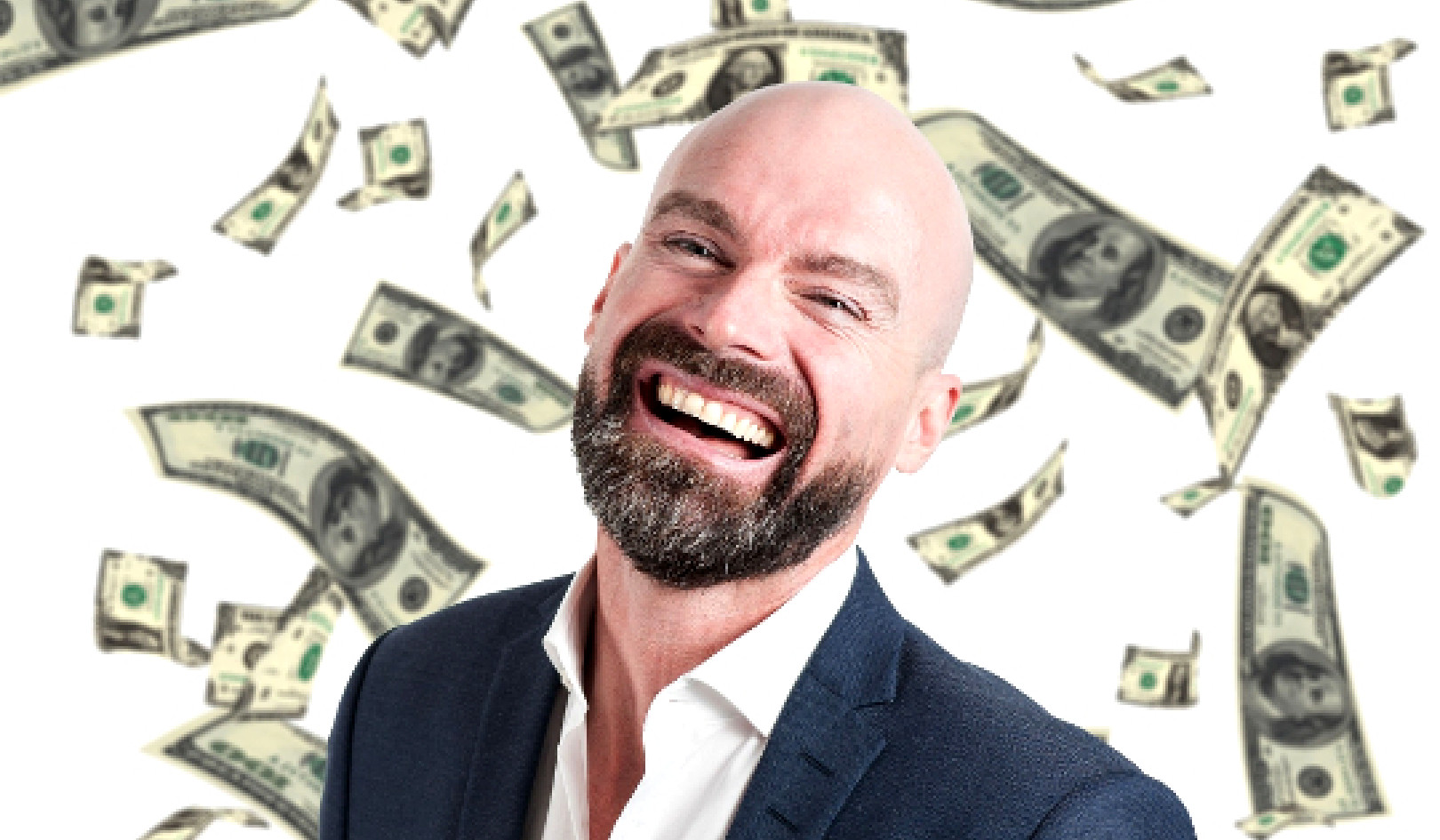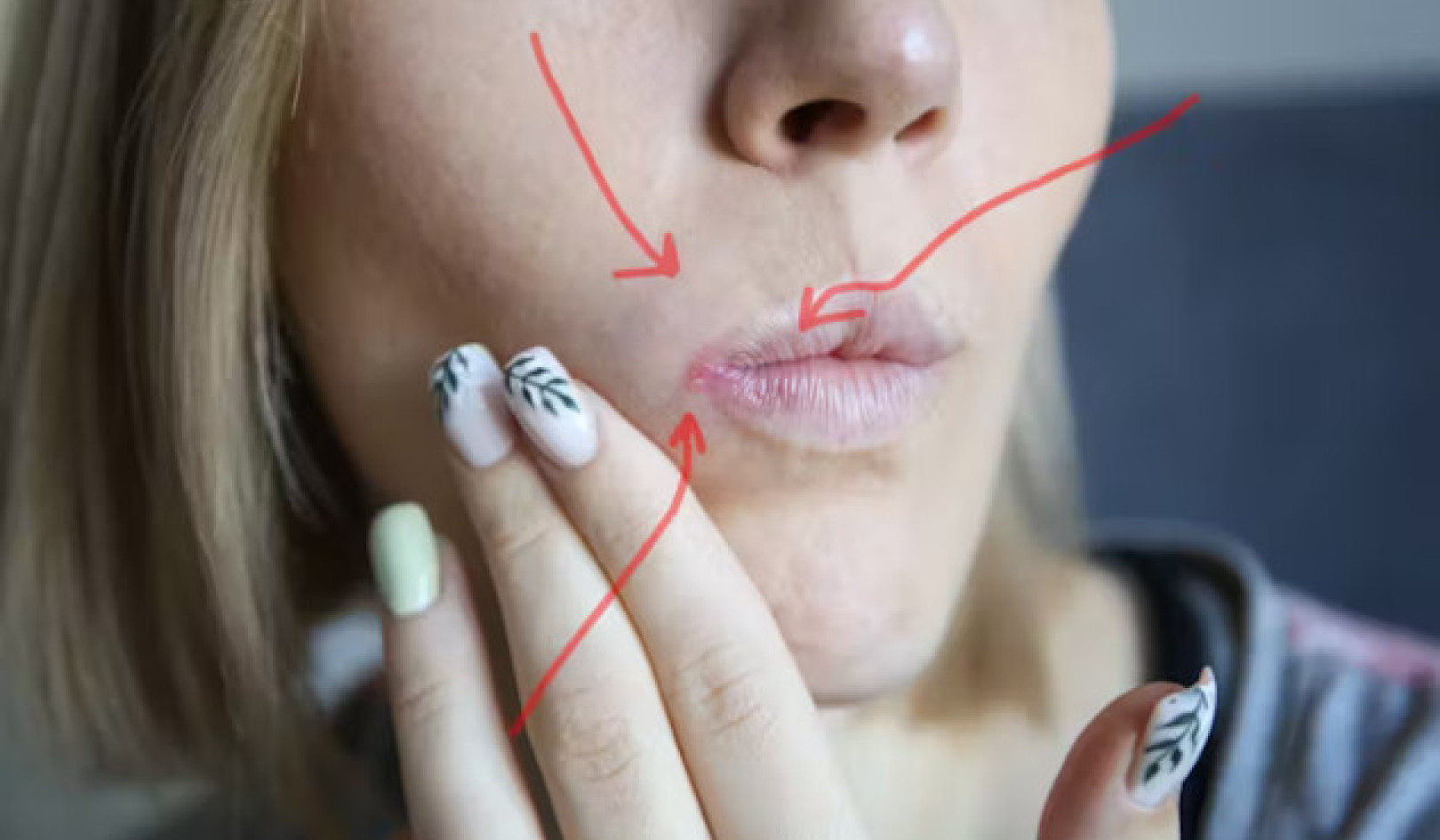
To live our own creativity in a self-determined way – this may be one of the most difficult tasks there is. Although we should first dispel a misconception – this does not mean that we just “do our thing” without regard for others. It is better thought of as a service of love for our community in attunement with ourselves. This involves a benevolent intention and loving mindfulness, towards ourselves as well as others.
If something unfair or hostile to life is happening, though, firm and clear words are needed and they may not necessarily be well received by everyone. Nevertheless, the keys to a wholesome self-determination in life remain the same: Love, truthfulness and connection. In this way of living, we are increasingly called to give more space to a Yes to life. It is a form of love in which we expand above the familiar and employing the three keys mentioned helps us to embrace the mystery of life.
We can truly see the happiness in people who live such an inner connection. This inner connection also very positively affects our spiritual and physical health. When we are in tune with ourselves, our movements become more fluent, the inner processes of our body chemistry can work better and our awareness also gains clarity. These are examples of having a good presence in our bodies, and it is this that the organs’ elemental beings support us with. Moreover, they help us with handling crises, convey wholesome impulses with regard to illnesses that threaten us and reflect back on us their perfect love in our being.
Above all, though, they show us that life carries us and that day-to-day concerns such as our performance in our profession or in other areas are not the most important things. More, the organs’ elementals invite us to celebrate the whole of our existence with active participation and enthusiasm. Thus we can fulfill our life task with creativity and full of joy.
We Are Unique – Even If We Do Not Understand It
When we grapple with life, sooner or later we touch the basic levels of our being. These levels cannot be grasped with the mind; we can experience them only in their mysteries. Through reflecting on the spiritual roots of our existence, healers and sages have always realized that we are part of the divine and that the universe will only be whole through our own very personal contribution.
We do, however, seem to reach our limits when trying to understand human nature. Thus Max Planck concluded, approaching this question through quantum physics: “Science cannot solve the last riddles of nature. It cannot achieve this because we are a part of nature ourselves and thus also a part of the riddle that we want to solve.”
Max Planck and a long line of physicists shook up our view of the world when they started considering the nature of matter in a new light. For so long matter had been assumed to be firm and stable, but these scientists discovered that we have to view matter as aggregations of frequency fields. We can still shatter a windowpane by throwing a stone through it; however, at the level of the atomic particles, stone as well as windowpane as well as the person who has hurled the stone consist – to an incredibly large percentage – of empty space in which energies circle.
And if we look at that one-billionth of seemingly solid matter, the atom nucleus, what remains ultimately is only energy potentials, frequencies and resonances, an insight for which Carlo Rubbia received the Nobel Prize in 1984.
But this truth was described 5,000 years ago by ancient Indian wise ones with the concept and phrase “nada brahma”: “The world is sound.” This ancient tenet of Indian spirituality conveys the meaning and the knowledge that everything in the universe is based on vibrations, that the world is effectively a huge concert, in which we are all an instrument: a symphony in which the great consciousness, the all One, plays itself.
Consciousness is empty in its nature.
And it still comprises and holds all things.
-- Tilopa, The Ganges Malamudra
Since the beginning of the twentieth century, frequencies and resonances have made for a scientific revolution in biology as well as physics. Research in molecular biology had up to that point predominantly focused on the substances, the so-called facts, but in the Seventies the study of biophotons opened a new chapter in the study of the science of life.
Through this pioneering research, we can now illuminate the inner calibration of our life functions and it becomes obvious that the organs are not simply cell aggregates that function more or less randomly. Rather, they are highly organized structures in which the cells communicate via a laser-like light in an electromagnetic field. This communication via light is one of the bridges to consciousness.
It was physicists who concluded from investigating subatomic particles that we have to concede a form of consciousness to even the tiniest structures of matter. With this insight we may finally understand the universe as an enormous field of consciousness into which we are integrated.
Then of course every organ has a presence in this field; moreover, an organ is a consciousness that is linked with everything.
Neuroscience has a different understanding of consciousness than depth psychology, and quantum physics has a completely different conception again.
According to the insights of quantum physics, the two electrons that make up the hydrogen atom, the simplest atom in existence, know of each other. A good friend and biophysicist provided a lovely explanation for this during a diverting car journey: When a group of soldiers marches and has for some reason to scatter left and right into the bushes, the individual members are still aware of each other and still perceive themselves as a unity, despite the physical dispersal.
This form of consciousness continues beyond atoms: Beyond molecules, cell systems, organs and humans, right up to us living all together on our planet – and even beyond that we are integrated into the whole universe.
Unpredictability distinguishes the animate being from robots.
It is what makes life unique and peculiar,
even though occasionally also difficult.
-- F.A. Popp
©2012 by Ewald Kliegel, Anne Heng. All Rights Reserved.
Reprinted with permission of the publisher,
Findhorn Press. www.findhornpress.com.
Article Source
Let Your Body Speak: The Essential Nature of Our Organs
by Ewald Kliegel. (Illustrations by Anne Heng)
 Featuring stunning colour illustrations of the energy of human organs and other body parts, this book is perfect for anyone interested in learning about the self-healing properties of the body and the psychic, emotional, and physical elements central to existence. The book provides a deeper understanding of the wider psychological function of each organ, including eyes, hands, hips, knees, shoulders, spine, and teeth, and explains how they act in concert within the body. The illustrations further enhance how to receive the message of each organ on an intuitive level, and a chart of healing crystals corresponding with each organ brings further information on how to interact with the organs energetically.
Featuring stunning colour illustrations of the energy of human organs and other body parts, this book is perfect for anyone interested in learning about the self-healing properties of the body and the psychic, emotional, and physical elements central to existence. The book provides a deeper understanding of the wider psychological function of each organ, including eyes, hands, hips, knees, shoulders, spine, and teeth, and explains how they act in concert within the body. The illustrations further enhance how to receive the message of each organ on an intuitive level, and a chart of healing crystals corresponding with each organ brings further information on how to interact with the organs energetically.
Click here for more info and/or to order this book on Amazon.
About the Authors
Ewald Kliegel is a massage therapist and naturopath who specializes in reflexology. He has personally developed a stylized, icon-based method of drawing reflexology systems, which has been adopted all over the world. He is the author of Crystal Wands.
Anne Heng is a painter, an illustrator, and an awareness teacher. She uses a special technique of painting on silk and has exhibited her work in Germany and abroad. She illustrated the book, The Tree Angel Oracle.
Books by this Author
at InnerSelf Market and Amazon






























